Bream is an important commercial fishing object in our country. This fish reproduces and grows rather quickly, and it is also unpretentious in food and habitat. Bream is a schooling fish that plays into the hands of the fisherman indescribably during his catch. In addition, the fish is quite capable of reaching large sizes: the average weight of most bream in a school ranges from 800 grams to 5 kg. But despite the size and abundance, this fish is quite smart and cautious. That is why it is necessary to carefully prepare for fishing for bream.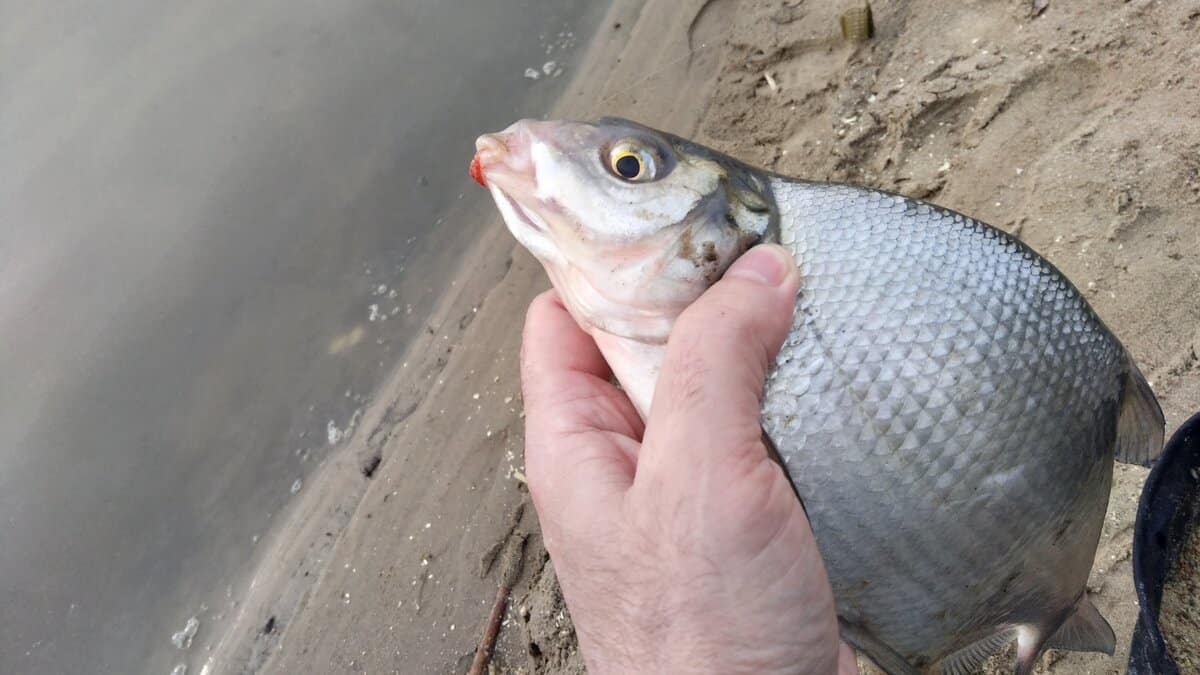
- Autumn bream habits
- Advice for beginners
- Where to look for bream in autumn – September, October, November?
- September autumn bream
- Fishing for bream in October
- November bream season
- What tackle, bait and bait are used for autumn bream
- Fishing for bream on the donk
- Feeder fishing – what bream loves in autumn when fishing with feeder tackle
- Fishing for bream in the fall with a float tackle
- Autumn bream fishing and secrets every angler should know
- Поделиться ссылкой:
Autumn bream habits
Autumn is a time of change, both natural and
fishing… At this time, most fish species begin to change their previous foundations of life and begin to prepare for the coming cold weather. Bream is no exception, although its usual mode of existence with the arrival of autumn does not change as significantly as in other fish. Flocks of bream still continue to wander within the middle depths of the reservoir in search of food and shelter from predators. Breams are incredibly voracious, which is why they look for abundant food sites. With the arrival of autumn, the life cycle of bream at this time can be divided into two periods: the first begins from September to mid-late October and proceeds with relatively warm weather; the second period begins with the arrival of the first cold weather at the end of September and lasts until the very end of November, when the bream still leaves for favorable places for itself (pits,dumps and backwaters) and spends most of the time there in winter after the river is covered with ice.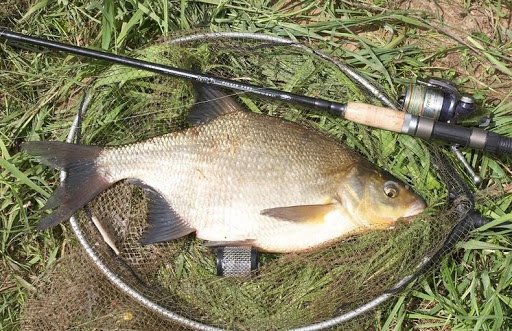
Advice for beginners
Bream loves cold water and, unlike other fish, runs away from warm water. This fish tolerates cold quite well due to internal fat, which is more concentrated in the belly area of the fish. Based on this, you can always easily determine the location of the leucorrhoea and safely catch it. In summer, such areas are most often represented by pits, dumps and deep sections in the channels; with the arrival of autumn, bream prefers shallower areas with an abundance of food in them, so it is worth looking for it in shallow water, in coastal rifts, as well as on the upper edge, if the area of the reservoir is known. Most often, the appetite of bream lasts until mid-November. Fish prefers protein foods, which keep them in cold water. You can successfully catch bream on familiar
worms ,
bloodworms ,
maggot and even a fly.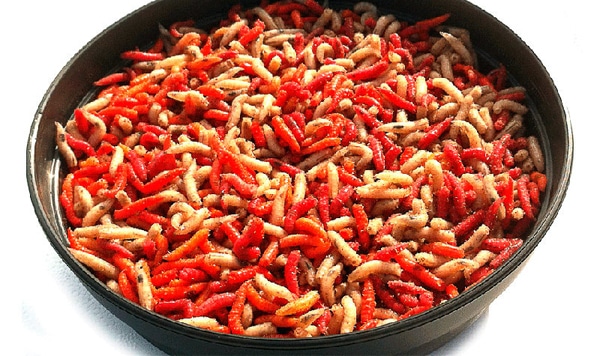

Where to look for bream in autumn – September, October, November?
In fact, it is much easier to locate bream in autumn than
in spring and autumn. The fish concentrate in places where you can find a sufficient amount of food, as well as in places that will be somewhat colder than others. Ideally, you should pay attention to areas of the reservoir with a weak current, where, until recently, in summer, there were abundant thickets of mud or other algae. But nevertheless, searches are complicated by the caution of the bream and its frequent change even in the locations familiar to it. Let’s take a closer look at the most promising places for catching bream in the fall.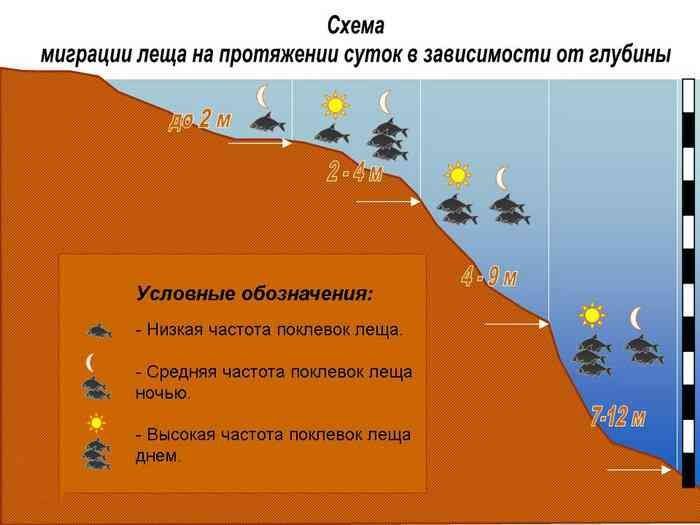
September autumn bream
In early autumn, bream is found in the same places that were suitable for it in summer. Only after mid-September, when the temperature at night can drop below 15 degrees Celsius, the bream have to leave the old deep shelters. It is at this time that the handsome man begins to have an active zhor, which lasts almost until the end of October. In September, you should first of all pay attention to the sandy areas of the reservoir or rifts with a length of half a meter and up to 3 meters. It is also worth trying out the deep dumps located near the shore. They can be successfully fished using float gear. If we are talking about feeder or bottom fishing for autumn bream, then you should pay attention to river bays with an uneven bottom. In this case, flocks of bream can walk from one pit to another.They are usually located close to the coast and start after the drop line. It is recommended to independently study the bottom with the help of bottom and feeder tackle and make test casts several times, checking the stocking of the place and calculating the most catchy one.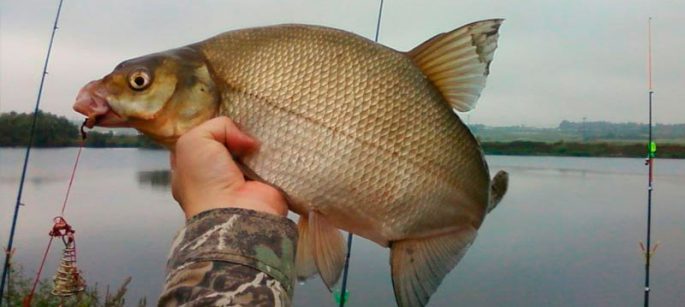
Fishing for bream in October
In October, the behavior of the bream and the places of its resting place change. If, in warm September, he wandered from depth to surface, mainly using the past summer habitats and feeding, as in summer, then in October the water cools down significantly and the bream rises higher. At this time, many heat-loving fish, on the contrary, go to the bottom, where it is much warmer and deeper, but bream is an exception. In search of a habitable place, he can approach the shore. It is in October that you can catch bream with both a feeder and a float. Usually, small breeds approach the yellowing reed walls located at a depth of 1 to 2 meters. In such places it is necessary to try to catch linen in the bottom and middle layers of water. Cattail windows and openings with a sandy bottom also attract large bream.For fishing the largest areas, it is recommended to choose longer float rods of at least 5 meters. Also, in the future, there are deep places on the two rivers and river bends, in which an uneven bottom topography is formed with the flow. In such areas, it is worth trying out the feeder tackle, not forgetting the correct installation of the rig, which will be discussed a little later.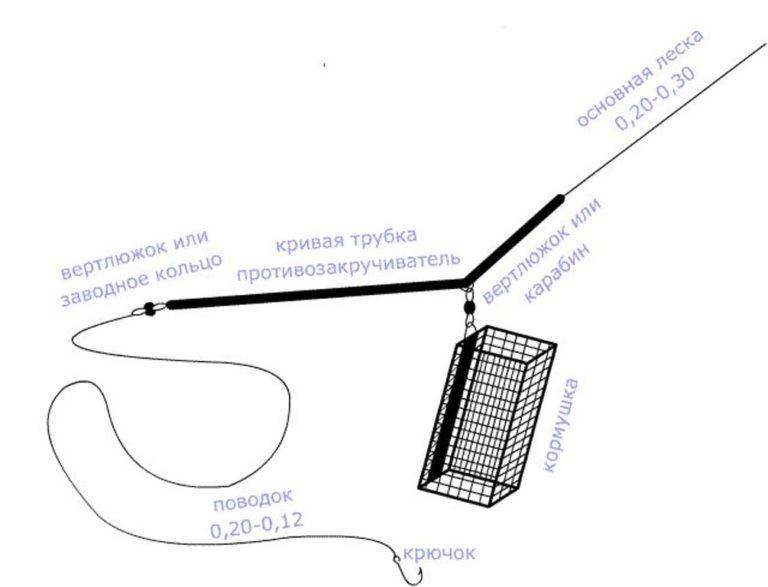 Feeder equipment for catching bream in the current [/ caption]
Feeder equipment for catching bream in the current [/ caption]
November bream season
Despite the first frosts and a significant cooling of the water, in November bream still continues to feed until the very end of November. The fish tries to stock up on fat for the winter, so flocks of young and large individuals prowl in the middle layers of the water. In November, most fish species already go to wintering pits, so bream has few competitors. But at the same time, November still changes the taste guidelines of fish. Bream requires more fatty and proteinaceous food, and therefore it is worth looking for it in those places where you can find dying algae. For float fishing, the already yellowed remnants of a reed rock and areas of a reservoir with a small current, the depth of which ranges from 1.5 to 2 meters, are ideal.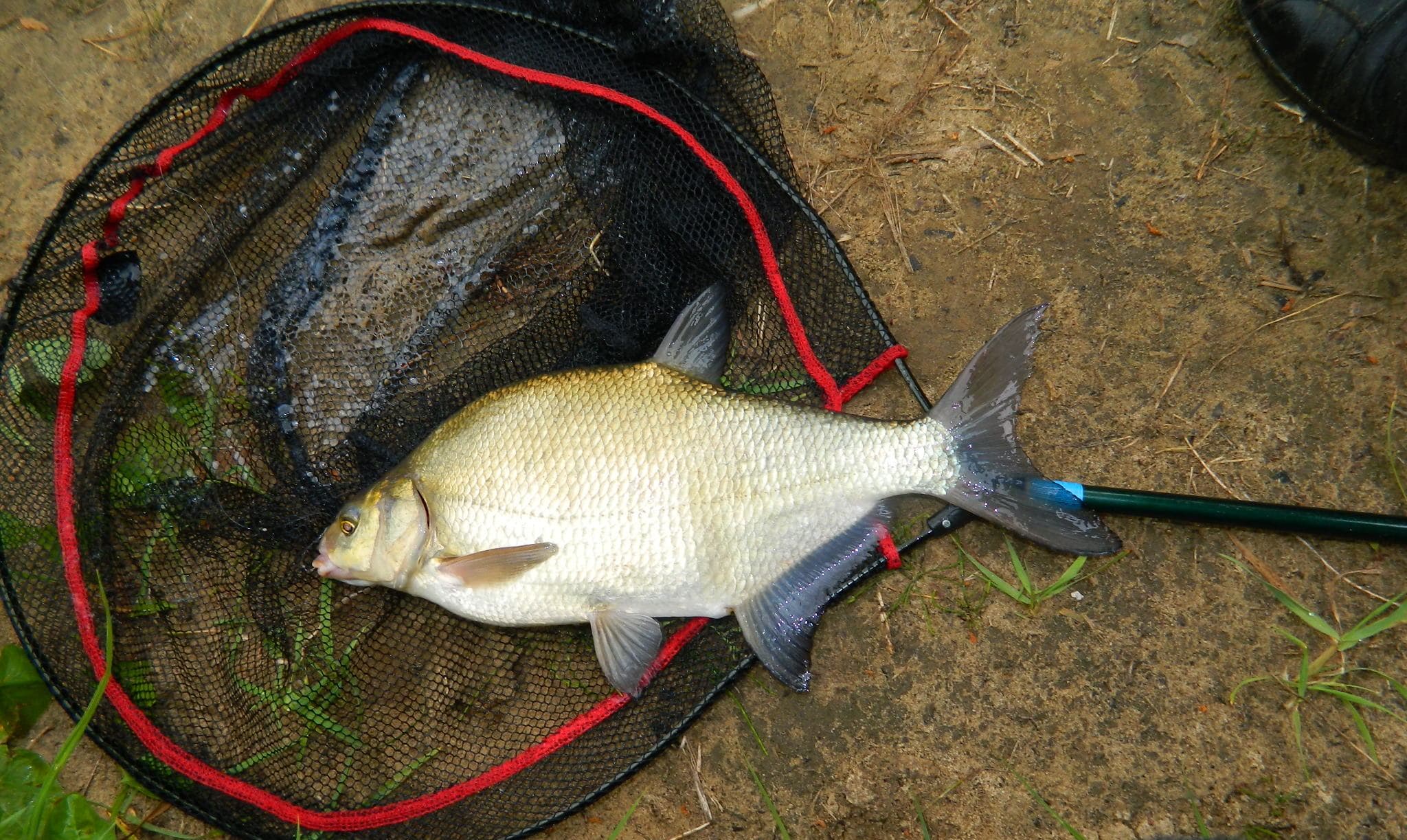
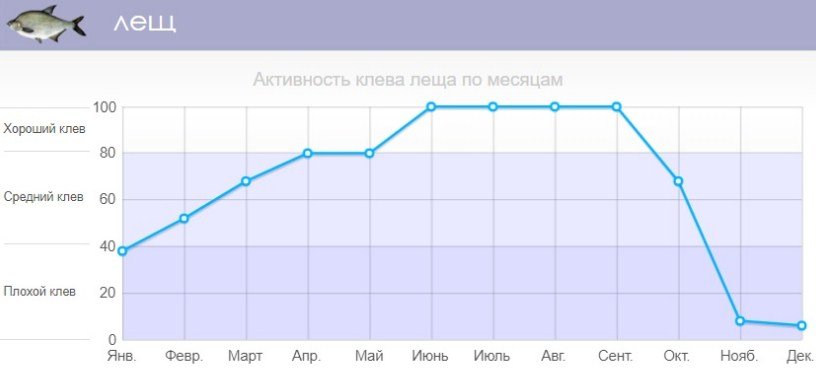
What tackle, bait and bait are used for autumn bream
Fishing for autumn bream is a fun activity that can bring a big catch. Despite the voraciousness of the bream and its constant travels in the reservoir, it is worth preparing carefully for successful fishing for it. This is a rather cautious fish, so the rig should not scare it and at the same time work well in the cold and transparent water of the autumn reservoir.
Fishing for bream on the donk
Fishing for bream with a bottom tackle can bring results in deep parts of the reservoir. At this time, you should choose a lighter tackle that will not scare the fish. It is recommended to use fluorocarbon line with a diameter of 0.20 to 0.30 mm as the main line for the bottom tackle
. Features of autumn fishing for bottom tackle: https://tytkleva.net/lovlya-mirnoj-ryby/donka/rybalka-osenyu-na-donnuyu-snast.htm At this time, the bream is not so strong, so this fluor diameter should be enough for playing a large specimen. In addition, the bream gets tired quite quickly and there should be no problems with fishing. The main line should be
equipped with a swivel, to which you can attach a feeder and another swivel so that it does not walk freely along the line. To the second swivel you need to attach a leash with a hook number 7-10. The leash should be slightly thinner than the main line, 0.18-0.25 mm is fine.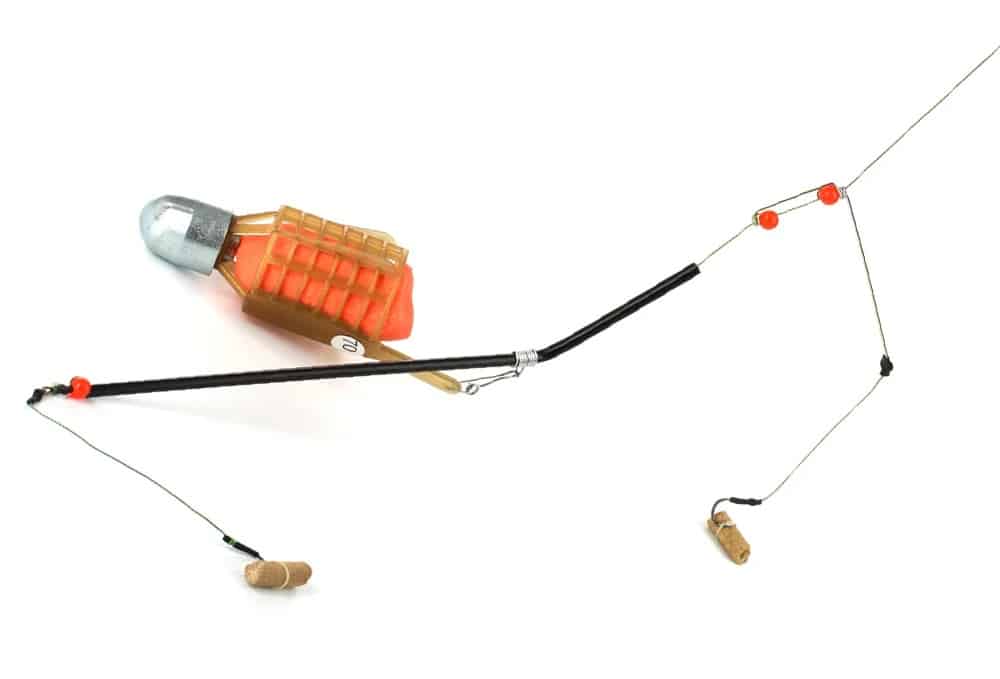 Rigging bottom tackle with anti-twisting device [/ caption] It is better to use a small feeder, up to 50 grams, so that the fish does not overeat the
Rigging bottom tackle with anti-twisting device [/ caption] It is better to use a small feeder, up to 50 grams, so that the fish does not overeat the
bait without taking the bait after that. As a complementary food, you need to use unleavened cereals in the form of wheat, pearl barley or corn, while making the consistency as firm as possible and adding flavors in the form of garlic, cake or vanilla.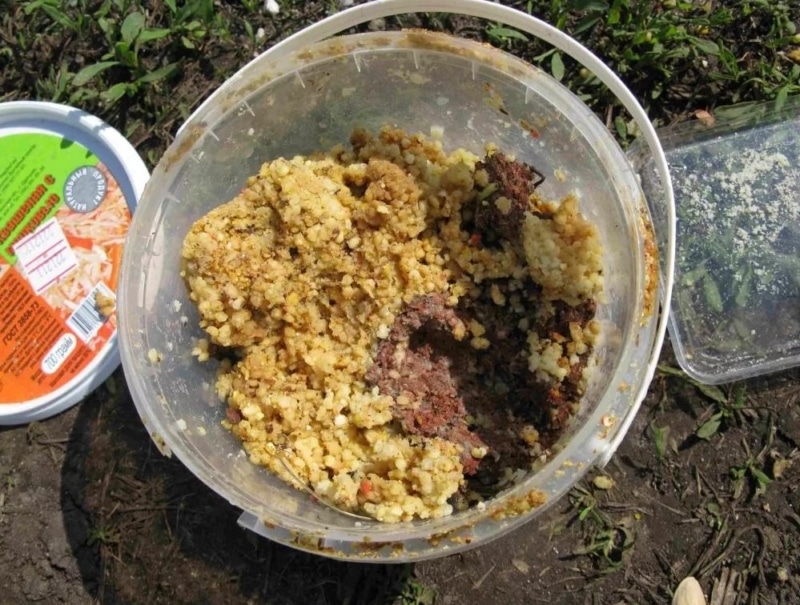
.
However, it is better to work with vegetable baits in warm weather.

Feeder fishing – what bream loves in autumn when fishing with feeder tackle
Feeder fishing for bream is the leading fishing method in the fall. Donka and float fishing can also show good results, but it is the feeder that makes it possible to fish the largest territories, and also with its help you can attract fish from a long distance, which float tackle cannot provide.
The feeder rod must be long enough – at least 2.1 meters. Medium to slow action models are best because they are the most sensitive and can show even the most cautious fish touching the bait.
coil is recommended to take
inertialess, because it is reliable and does not require special knowledge when working, as is the case with a
multiplier . According to the Shimano classification 2500-3500.
fluorocarbon fishing line , since it does not attract attention in clear water, as a line does. The diameter of the line for feeder fishing can be slightly larger than for fishing with a donkey. Line from 0.20 to 0.35 mm in diameter is perfect. When installing the rig, you should still choose a feeder for the flow. With her, the chance of catching bream increases.
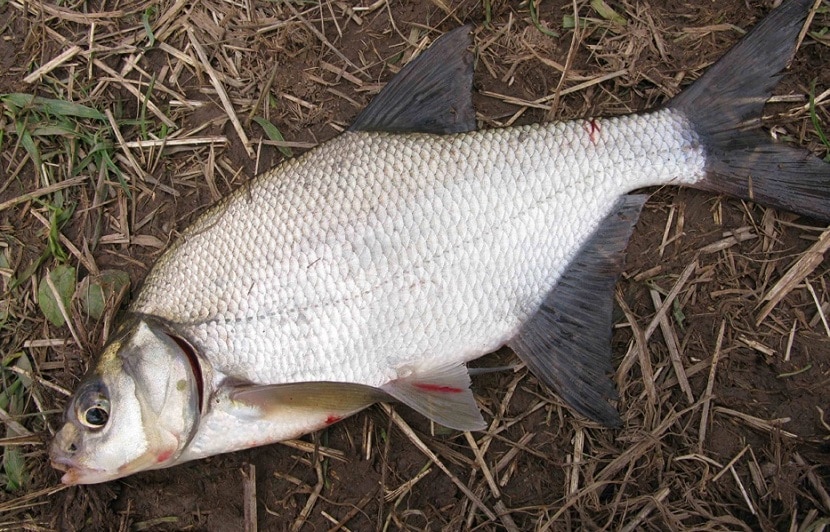
Fishing for bream in the fall with a float tackle

tackle or
flywheel with a length of 5 to 10 meters. It is best to equip it with an inertial coil.
Autumn bream fishing and secrets every angler should know
Tips for catching bream in the fall:
- In the second half of autumn, it is best to abandon plant baits by switching to baits of animal origin. Before winter, bream builds up a layer of fat, so protein food is important for it.
- Bream is rather shy, so when fishing with a float rod, it is recommended to behave as quietly as possible, using silent bite alarms.
- Bream gets tired quite quickly when playing, but despite this, it can lead itself and the tackle into a snag or reed, therefore, when playing it, you need to be as concentrated as possible.
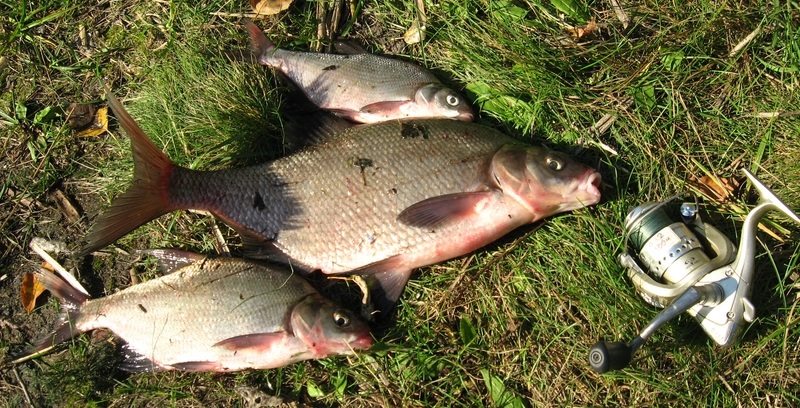
- White fish react sharply to red lures such as dung worms, bloodworms and red maggots. This should be used when fishing.

- Of all the homemade flavors, bream loves garlic and vanilla the most, so they should be used in the manufacture of complementary foods, but the main thing is not to overdo it with the smell.
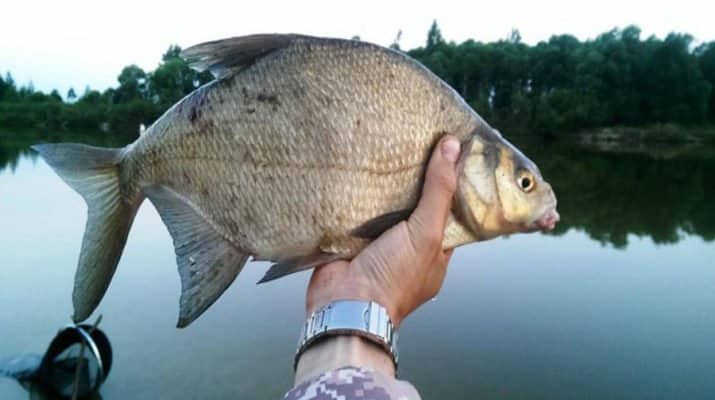
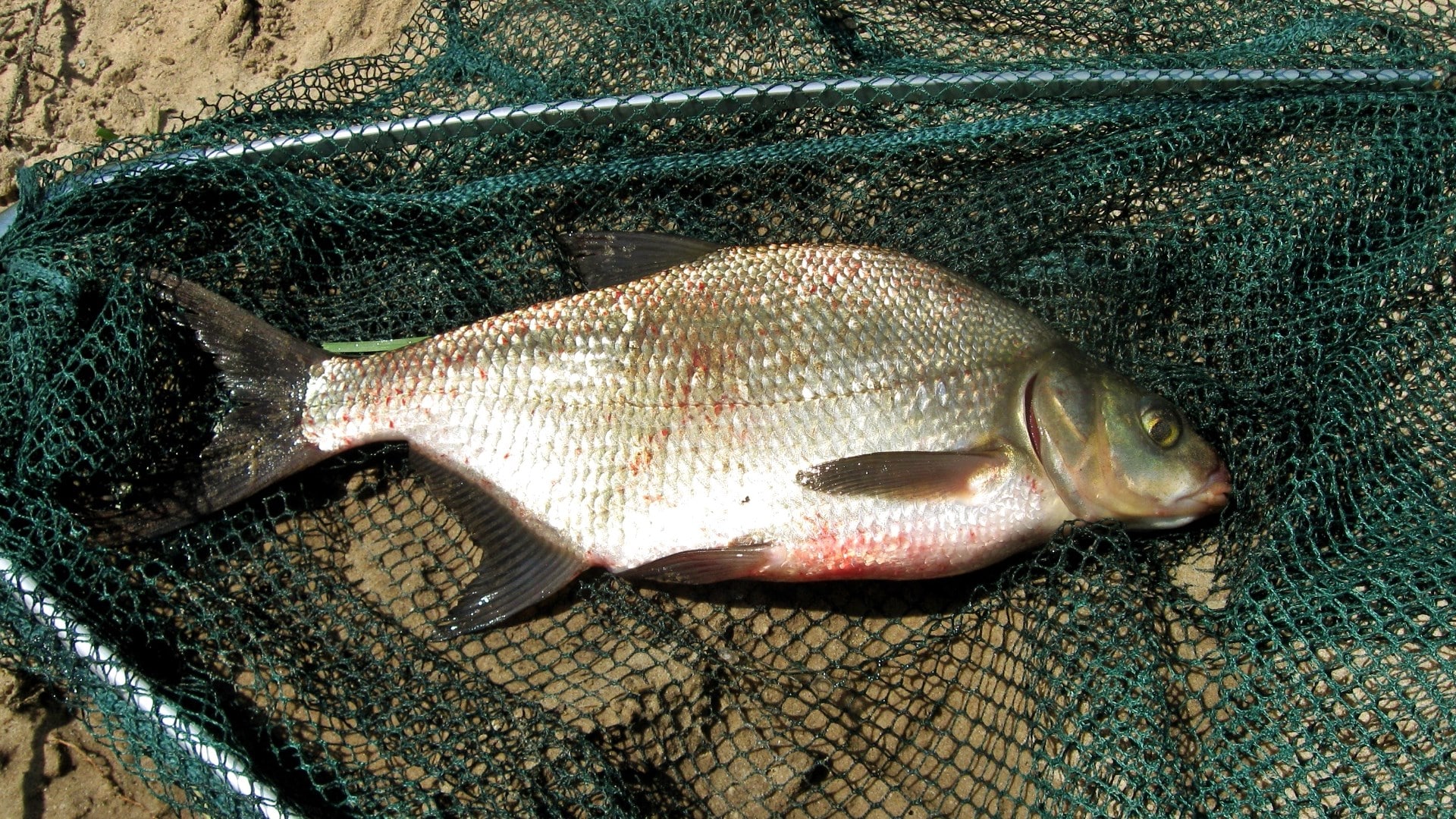
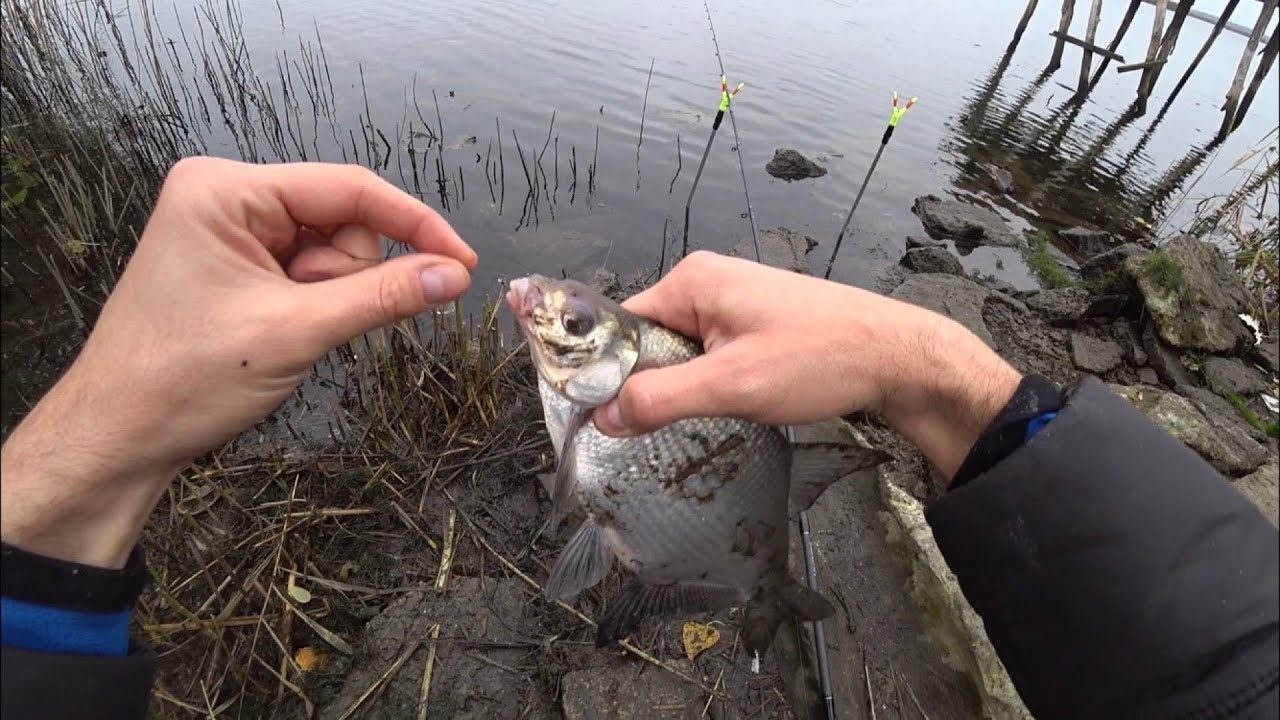

Все пишут, что лещ осенью уходит на глубину. Но автор пишет что лещ всегда ищет воду похолодней и идёт на мелководье. Странная статья …